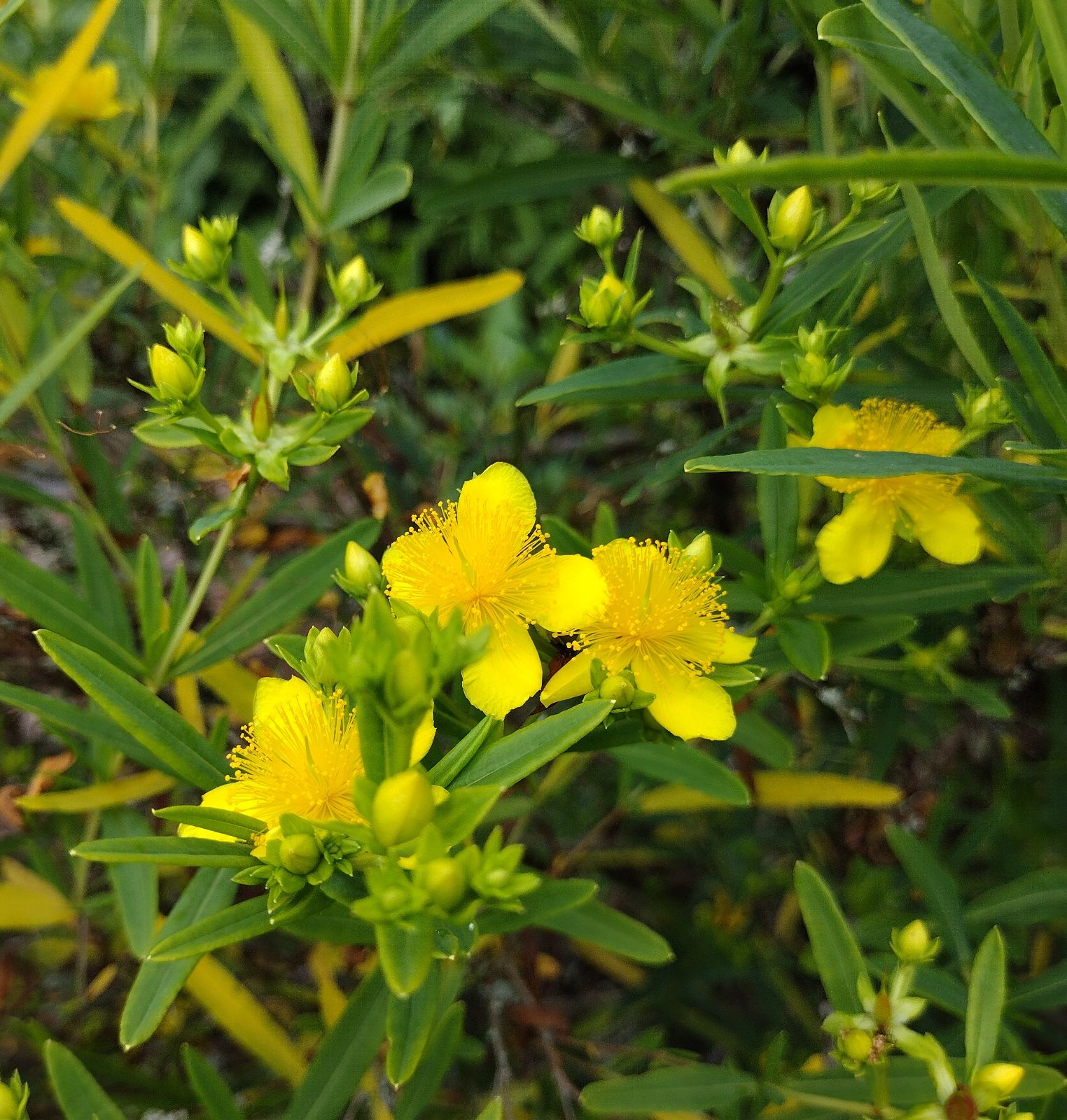Hypericum kalmianum
Credits
Article from Bean's Trees and Shrubs Hardy in the British Isles
Recommended citation
'Hypericum kalmianum' from the website Trees and Shrubs Online (treesandshrubsonline.
Genus
Infraspecifics
Other taxa in genus
- Hypericum acmosepalum
- Hypericum addingtonii
- Hypericum aegypticum
- Hypericum androsaemum
- Hypericum augustinii
- Hypericum balearicum
- Hypericum bellum
- Hypericum buckleyi
- Hypericum calycinum
- Hypericum cerastoides
- Hypericum chinense
- Hypericum choisianum
- Hypericum cordifolium
- Hypericum coris
- Hypericum × cyathiflorum
- Hypericum densiflorum
- Hypericum 'Eastleigh Gold'
- Hypericum empetrifolium
- Hypericum ericoides
- Hypericum forrestii
- Hypericum frondosum
- Hypericum galioides
- Hypericum grandifolium
- Hypericum 'Hidcote'
- Hypericum hircinum
- Hypericum hookeranum
- Hypericum hypericoides
- Hypericum × inodorum
- Hypericum kouytchense
- Hypericum leschenaultii
- Hypericum lobbii
- Hypericum monogynum
- Hypericum × moseranum
- Hypericum × moserianum
- Hypericum nudiflorum
- Hypericum olympicum
- Hypericum patulum
- Hypericum prolificum
- Hypericum reptans
- Hypericum revolutum
- Hypericum stellatum
- Hypericum subsessile
- Hypericum wilsonii
- Hypericum xylosteifolium
An evergreen bush 2 to 3 ft high, with four-angled branches. Leaves glaucous green, 1 to 2 in. long, 1⁄8 to 1⁄3 in. wide, narrow-oblong or oblanceolate, dotted with transparent glands. Flowers produced in small cymes at the end of the branch and in the axils of the terminal leaves, 3⁄4 to 1 in. across, bright yellow; sepals 1⁄4 to 1⁄8 in. long. Fruits ovate, five-, rarely four-celled. Bot. Mag., t. 8491.
Native of eastern N. America, where it is confined to the cliffs of rivers and lakes from the Falls of Niagara northwards; said now to have become rather rare. It is named after Peter Kalm, the famous Swedish naturalist and traveller who discovered it in 1750. Nine years later it was introduced to England, but appears to have disappeared from cultivation for a long period, the plants so-called being always H. prolificum. In 1911, John Dunbar of the Parks Department, Rochester, N.Y., sent seeds of the true plant to Kew. H. prolificum has narrower petals and not so handsome a flower.
H. × nothum Rehd. – A hybrid between H. kalmianum and H. densiflorum, raised from seeds of the latter at the Arnold Arboretum in 1903. It is a low densely branched shrub to about 11⁄2 ft high with narrow, dark green leaves and oblong-linear sepals. The number of cells of the ovary varies from three, as in H. densiflorum, to five (as in H. kalmianum). The flowers are about 3⁄4 in. across.
'Gemo'
A shorter selection from Denmark (Edwards & Marshall 2019).


